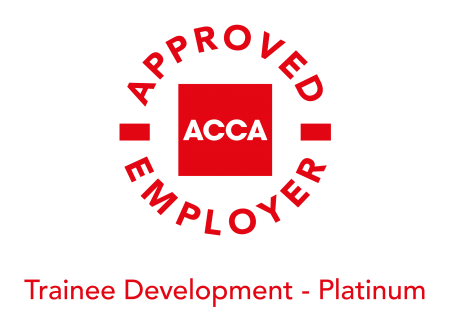An update on Buy to Let taxation changes – 2017/18 and beyond
Last updated on 17 Nov 2016
Further to the announcements made in The Summer Budget 2015, we are now less than 5 months away from the introduction of the highly publicised restriction on finance costs on residential buy to let properties.
Just last month, a legal battle led by Cherie Booth (QC) failed in an attempt to seek a full judicial review of the proposed legislation, leaving landlords feeling unfairly treated and facing the realisation that the new rules, however harshly perceived, will be coming into play and may have a huge impact on future tax liabilities.
As most landlords will be aware, the new rules (introduced by S24 Finance Act 2015) will restrict the tax relief available on finance costs associated with Buy to Let properties with effect from 5 April 2017. After this date, rental profits will need to be calculated without the inclusion of associated finance costs. A separate tax reduction relief can then be deducted when calculating a landlord’s tax liability.
The changes will be phased in as follows:
-
2017/18 – 75% of finance costs will be deducted from property income, with 25% only being available as a basic rate tax reduction
-
2018/19 – 50% finance cost deduction and 50% given as a basic rate deduction
-
2019/20 – 25% finance cost deduction and 75% given as a basic rate deduction
-
2020/21 – all finance cost incurred will be given as a basic rate tax deduction
To demonstrate this as an example, for a landlord that is already a higher rate taxpayer (by virtue of employment income) and has a small rental portfolio with annual rental profits of, say, £10,000. The landlord incurs annual mortgage interest of £15,000.
Currently, using the existing rules, the landlord would have an annual tax liability of £4,000 in respect of the rental profit. Looking forward to 2020/21, the mortgage interest would only receive tax relief at the basic rate, meaning that the landlord’s tax liability for 2020/21 in respect of the property portfolio would increase to £7,000!
In effect (within the above example), as the individual is a higher rate taxpayer, the tax liability increases by 20% of the finance costs incurred by the landlord (i.e. £15,000 x 20% = £3,000).
The finance restriction rules will not apply to limited company vehicles and, as a result, a common reaction is to consider and assess the potential use of a limited company to hold future investment properties. Some landlords are even transferring properties held personally into limited companies – a move that could have substantial personal tax implications.
It is important to note and realise that the use of a limited company will have many additional tax and financial implications, and it is vital that professional advice is sought to ensure that future strategy and structure is individually tailored, rather than a ‘one size fits all’ approach.
There are many factors to take into account when considering the use of a limited company to hold properties, and these are outlined in more detail within a blog written by Donna McCreadie and published earlier in the year:
To discuss property strategy in more detail and bespoke property tax planning, please contact your nearest Perrys office.
Article written by Gareth Bridgland








